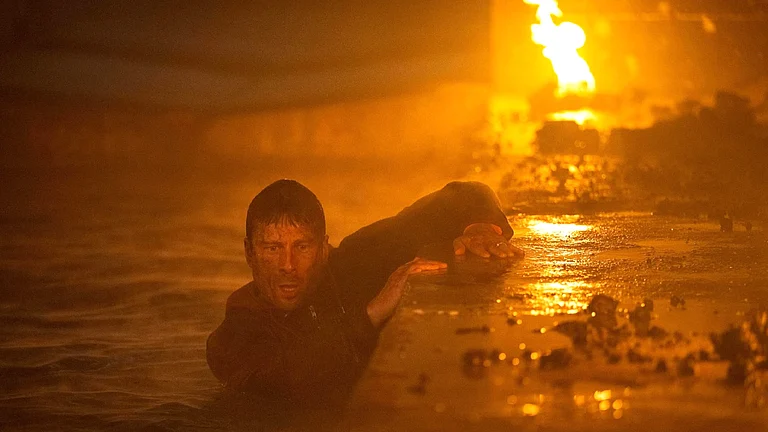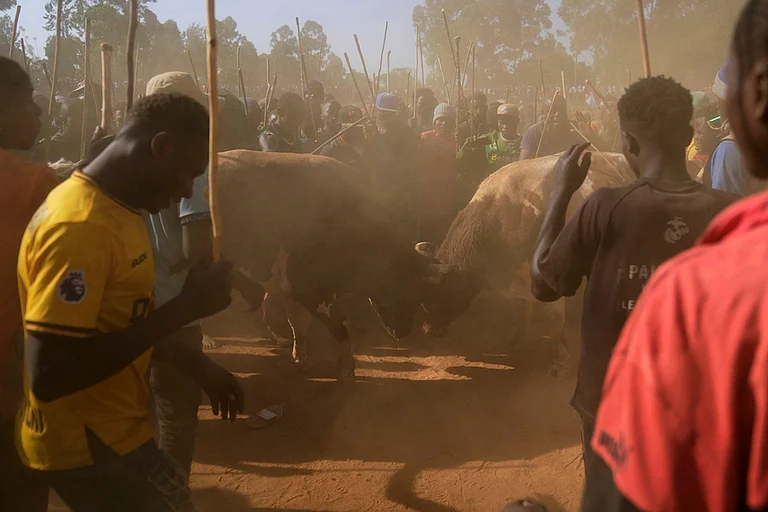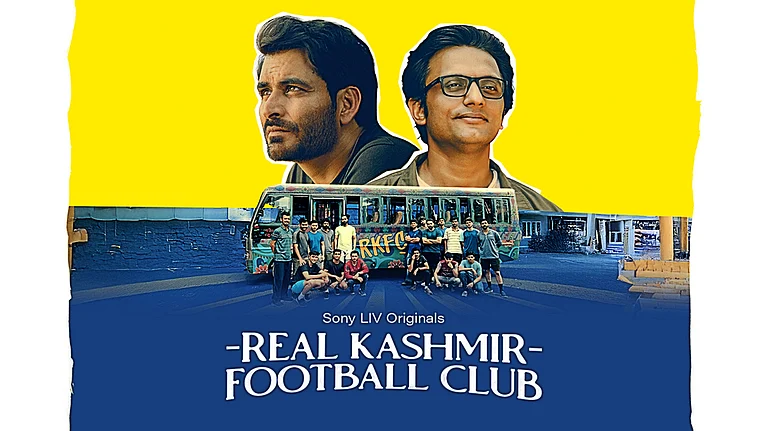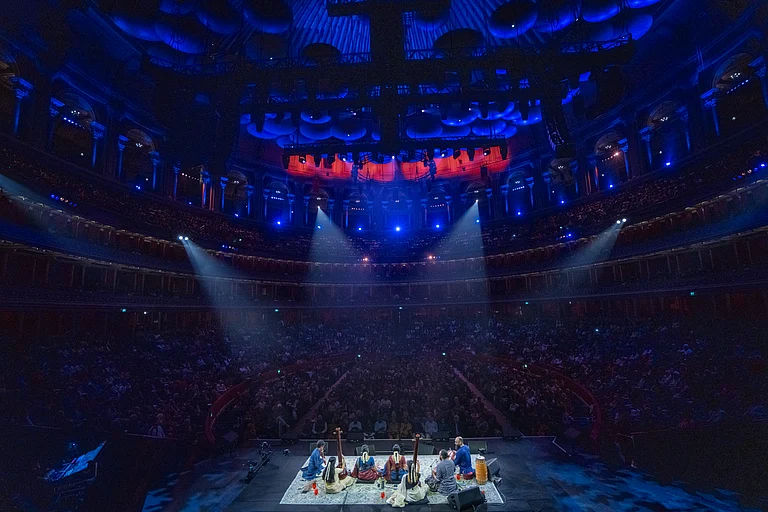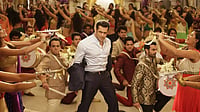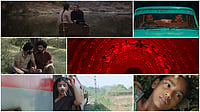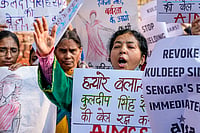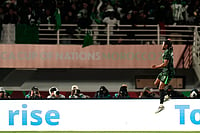Albert Serra’s Afternoons of Solitude (2024) opens with a bull’s stare, ripping through the camera and forcing spectatorial confrontation. The film doesn’t move away before fixating us in this unsettling state, establishing a sense of the brutality the bull has witnessed. In a remarkably fluid cut, parallel framing reveals the eyes of Peruvian bullfighter, Andrés Roca Rey, whom we’ll intimately accompany in and out of the stadium over the next two rigorous hours.
What Serra instantly calls for is patience and perseverance, to stick it out with Roca as he flirts with death too many times. It’s only at a later point we gauge shades of terror in his eyes, a reckoning that he should rein in at times. This is a man who plays fast and loose with luck. Working with cinematographer Artur Tort, Serra hurls us into the bullfighting ring with severe, unbending intensity. There’s no scaling down or swerving away from the action. Serra keeps our gaze peeled on the tense, fractious dynamic between the toreador and the many bulls he takes down. Roca exhibits a strong performative bravado. Even when bloodied and battered, he doesn’t cave it, raring to get back on his feet. Huffing up his chest and swishing the muleta, the matador is hyper-aware of the sport’s exhibitionism. As mildly indifferent he seems to be to the cheers from the gallery, he revels in it. It gives him a push, a desire to outperform his previous stunt that’s already fleeting. His coterie of managers and assistants fawns over him when he gets into the car, moving between hotels. They tell him he fought ‘truthfully’, that he’s invincible. He takes it all in impassively, disconnected, as if he sees through their empty compliments.

To the bullfighter, what is glory? It seems thin, elusive, projecting a need to be constantly shored up. His ego itself is on eggshells—dainty and prone to destruction—hence he must keep exerting himself. Roca is reckless, throwing himself yet again into irretrievable harm the minute he has a narrow shave. Spectators roar at him to give the bull more time. He’s almost like in a trance.
Serra uses no flashy techniques—instead a seemingly simple, immovable sense of absolute sublimation into the sport. The moment is paramount, inhabiting it in all its conflicting, terrifying energy, no longer pent-up but lethally activated, unleashed. To watch Roca and the bull circle each other is almost like witnessing a game of seduction. One entices the other to step into a trap and get vanquished. The sport demands unflinching sensitivity, alertness to the animal’s shifting energy, intuiting its moves, blocking the line of offensive. Any misstep triggers immediate annihilation. Serra is particularly brilliant in prising out the banality within these frenetic situations, yet simultaneously never reducing the livewire act. This paradoxical, double-edged energy is what Afternoons of Solitude keeps toying with. It’s as grisly and uninhibited as it is frank and removed.

Roca is hedonistically driven by his regimen of courting, enduring extreme pain. It’s the only language he’s versed in, understanding troughs of the animal as well as dips in the mood. He leaps through, attracting high stakes, emerging with ample bruises—but his spirit undimmed. The richness of Afternoons of Solitude stems from a psychologically open space Serra conjures. There’s interpretive felicity which the film keeps proposing. It unlocks the web of push-pull that man and animal interact within. We are provoked to form our own ideas of psychosexual charge in the scene, to examine the showboating Roca displays. His androgynous pose also doesn’t miss our attention, especially in scenes where his assistants help him dress up or wind down—these radiate their own subtle sexual heat.

The film is repetitive by design, giving its figure only few moments of pause—either when he’s in the car or at a hotel, putting on his sparkly, gaudy, tightly fitted attire with its many fixtures. Even in repose, Roca remains someone distant—a mystery that never acquires emotional notes. Serra refuses any subjective identification to this man who’s mostly terse, coming ferociously alive only inside the ring. It’s an endless loop of misery the matador lashes on himself, Serra conflating the man and animal as tragic mirror images. Afternoons of Solitude fully submerges us in the bullring, drawing out wounds left behind, the price of the sport.
Afternoons of Solitude screened at the Habitat International Film Festival 2025.








